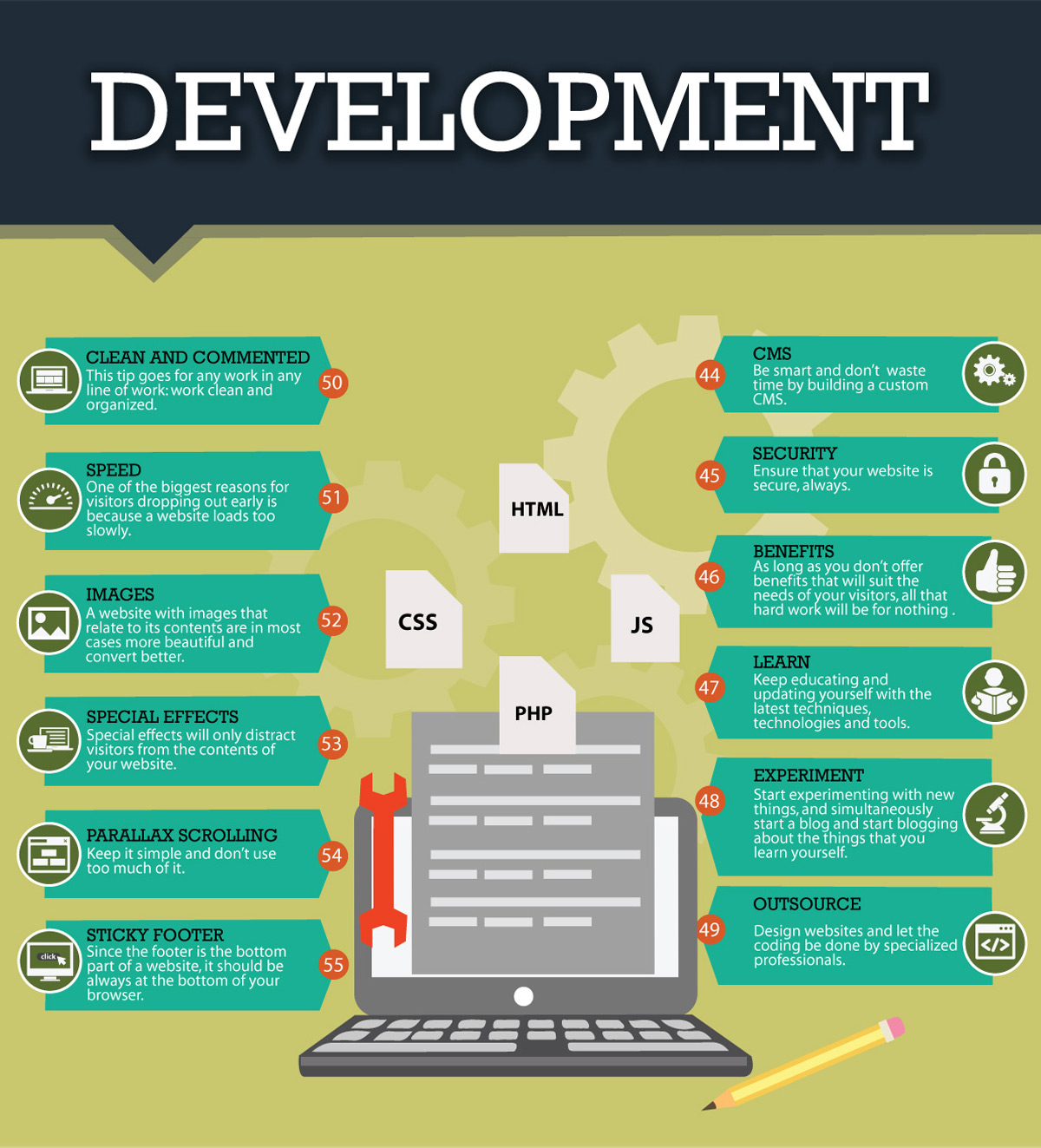Join Us As We Start A Trip Via Time, Discovering The Evolution Of Website Style And Exactly How It Has Actually Affected The Electronic Landscape
Join Us As We Start A Trip Via Time, Discovering The Evolution Of Website Style And Exactly How It Has Actually Affected The Electronic Landscape
Blog Article
Content By-Abel Vangsgaard
In the past, internet sites were basic and focused on info. Navigation was direct, and layout was for desktops. Currently, customer experience is key. Data guides designs for very easy navigation. Responsive formats fit various devices. Today, dark setting lowers strain, and minimal menus boost navigating. Interactive features engage customers, and strong visuals stand out. AI combination boosts interaction. See exactly how design has actually progressed to improve your on-line journey.
Early Days of Website Design
In the early days of website design, simplicity preponderated. Websites were standard, with restricted colors, font styles, and designs. The focus was on providing information rather than showy visuals. Individuals accessed the internet through slow-moving dial-up links, so rate and performance were essential.
Navigation food selections were straightforward, normally situated on top or side of the page. Websites were made for home computer, as mobile browsing had not been yet widespread. Content was king, and designers prioritized easy readability over intricate design elements.
HTML was the main coding language used, and developers needed to function within its restraints. Computer animations and interactive features were minimal compared to today's requirements. Sites were fixed, with little dynamic content or tailored customer experiences.
Rise of User-Focused Design
With the advancement of site style, a shift towards user-focused layout principles has become increasingly noticeable. Today, producing internet sites that focus on individual experience is critical for engaging site visitors and attaining service objectives. User-focused design includes recognizing the needs, preferences, and habits of your target market to customize the internet site's format, content, and features as necessary.
Developers currently perform complete research, such as individual surveys and functionality screening, to gather insights and responses directly from users. https://jaidenztlew.elbloglibre.com/29855006/unlock-the-complete-potential-of-your-site-by-making-use-of-expert-on-page-search-engine-optimization-methods-to-boost-your-online-presence-and-engage-your-target-audience-successfully -driven strategy helps in developing instinctive navigating, clear calls-to-action, and visually appealing user interfaces that reverberate with site visitors. By putting the user at the facility of the layout procedure, internet sites can supply an extra customized and pleasurable experience.
Responsive design has likewise become an essential element of user-focused layout, making sure that internet sites are maximized for numerous devices and screen sizes. This flexibility improves access and usability, catering to the diverse ways customers communicate with websites today. Basically, the rise of user-focused style symbolizes a shift in the direction of creating digital experiences that prioritize the needs and assumptions of the end user.
Modern Trends in Web Design
Explore the current patterns shaping website design today. https://www.forbes.com/sites/forbesbusinessdevelopmentcouncil/2021/12/21/why-the-metaverse-is-marketings-next-big-thing/ is dark mode design, offering a sleek and modern look while minimizing eye stress in low-light environments. Another crucial trend is minimalist navigating, streamlining food selections and improving individual experience by concentrating on essential elements. Incorporating micro-interactions, such as computer animated switches or scrolling impacts, can create an extra appealing and interactive site. Responsive layout remains crucial, making sure smooth customer experiences throughout various devices. Additionally, utilizing bold typography and unbalanced formats can add aesthetic passion and accentuate particular material.
Integrating AI technology, like chatbots for consumer assistance or individualized suggestions, improves individual interaction and enhances processes. Availability has additionally end up being a significant pattern, with developers prioritizing comprehensive design techniques to deal with varied individual requirements. Accepting sustainability by maximizing site efficiency for speed and performance is another emerging fad in website design. Teaming up with individual comments and data analytics to repeat and enhance layout continually is vital for remaining appropriate in the ever-evolving electronic landscape. By welcoming these contemporary trends, you can create a visually appealing, user-friendly internet site that reverberates with your target market.
Verdict
As you review the advancement of internet site layout from the very early days to currently, you can see just how user-focused design has come to be the driving force behind modern patterns.
Welcome the journey of adjustment and adaptation in website design, always maintaining the individual experience at the center.
Stay current with the most up to date trends and technologies, and never ever stop evolving your method to create visually sensational and user-friendly web sites.
Progress, adjust, and develop - the future of web design remains in your hands.
